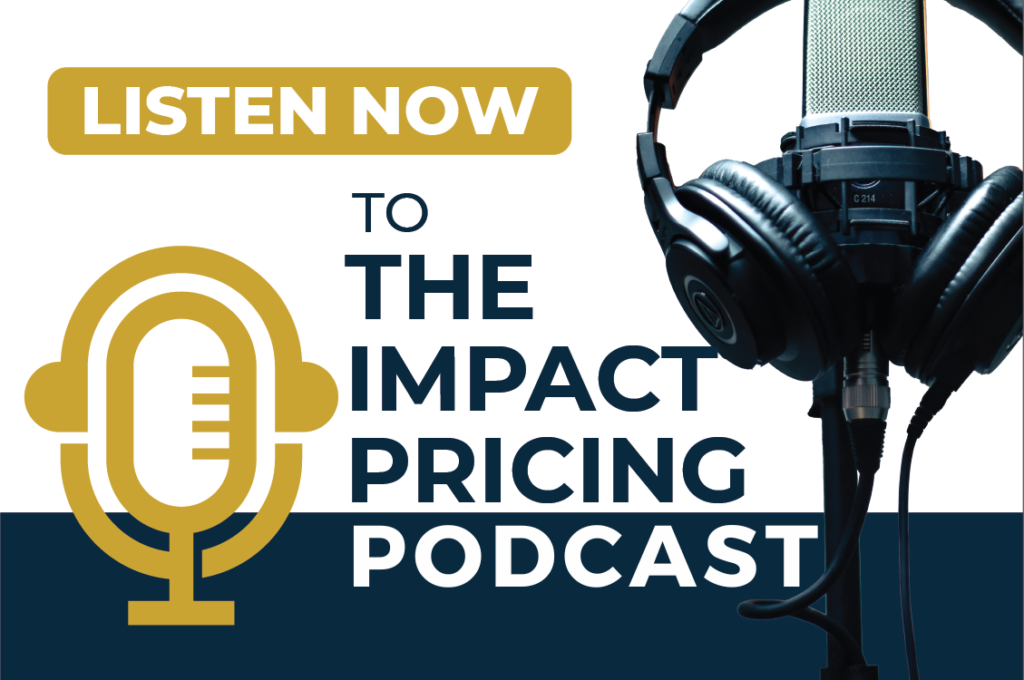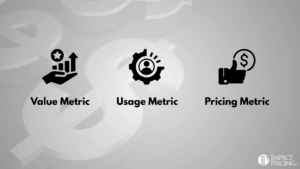Buyers trade money for value.
They don’t care what it takes you to deliver your product. They care what it does for them.
That principle still holds, even with the advent of AI. But something else is creeping into the conversation: costs.
Traditional SaaS companies are accustomed to gross margins of 85 to 95 percent. Once the software is built, delivering it to another customer costs next to nothing. That allowed pricing teams to focus entirely on value, segmentation, and willingness to pay. Cost was never a constraint.
AI changes that.
Every prompt, every task, every outcome delivered by an AI model may carry a real, measurable cost, especially if you’re using external providers like OpenAI or Anthropic.
In SaaS, revenue scales with usage, but costs usually don’t. With AI, both scale together. That means the more your customer uses your product, the more it might cost you to serve them.
Costs still should not drive pricing. But ignoring them can destroy your margins, your roadmap, or your business.
What This Means for Pricing Strategy
We still want to price for value. However, we now need to price it in a way that doesn’t blow up when customers use the product aggressively.
Flat‑Rate Pricing Is Risky Without Guardrails
If you charge per user or per month and your costs increase with usage, you may end up with customers that have a negative margin.
It only takes a handful of high‑volume users to wipe out the profits from dozens of low‑usage ones. This can work for a while if your usage patterns are stable and your pricing is conservative. It’s similar to how insurance works: Insurance Companies lose money on a few customers, but make it back across the pool. But insurance companies model their risks carefully. SaaS companies moving into AI often lack the visibility and experience of insurance companies.
If you stick with flat‑rate pricing, you need usage thresholds, metering, or segmentation that aligns high‑cost usage with higher pricing tiers.
Token‑Based Pricing Is Cost‑Plus, Not Value‑Based
Many AI companies default to token‑based pricing, especially when using third‑party LLMs.
What is a token? Think about it like your electric bill. Your utility company charges you per kilowatt-hour, that’s their “token.” But you don’t really care about kilowatt-hours. You care about keeping your house warm, running your dishwasher, and charging your phone.
Same with AI tokens. A token is roughly a word or part of a word that the AI processes. But your customer doesn’t care if their sales email took 50 tokens or 500 tokens to generate. They care that it helped them close a deal.
Here’s where it gets tricky: different tasks can use wildly different amounts of tokens while delivering the same value. Writing a simple “yes/no” answer might use 10 tokens. Generating a detailed proposal could use 2,000 tokens. But to your customer, both might be worth exactly the same (or the simple answer might actually be more valuable).
When you price by tokens, you’re essentially saying, “The more electricity we use to help you, the more you pay.” But your customer is thinking, “I just want my problem solved.”
Token‑based pricing is simply cost‑plus pricing. It’s based on your costs, not on the value your product delivers. And buyers don’t really care about tokens. They care about outcomes.
Token pricing makes sense when:
- You are in the early stages of a product with unpredictable usage
- You are selling to developers or technical buyers who understand and manage costs
- You are trying to protect yourself from upside risk
But it puts the burden on the buyer. They must track, estimate, and control usage to avoid surprise bills. That can slow adoption and reduce satisfaction. It is safer for you, but more stressful for them.
Eventually, as your understanding of usage patterns and buyer value improves, you should explore ways to transition away from tokens to usage-based or outcome-based pricing models.
You Don’t Control the Cost Curve
If you are building on top of someone else’s model, like OpenAI or Anthropic, your margins are tied to their pricing decisions. When they raise or lower prices, your business model changes overnight.
And those providers are constantly changing models, tiers, and performance thresholds. What was fast and cheap last month may be slow and expensive tomorrow.
To stay profitable, you need to:
- Model multiple cost scenarios
- Keep pricing agile
- Avoid long‑term pricing guarantees that assume fixed cost structures
CFOs Will Be Watching Margins
CFOs may be uncomfortable when they see falling gross margins from AI initiatives. However, they must avoid the mistake of focusing too much on percentages and not enough on contributions.
The right question is: Are we making more profit dollars per customer, even if the percentage looks lower?
AI requires a mindset shift. You are no longer managing costless scale. You are managing real inputs. That means more financial discipline, but also more pricing creativity.
The Shocking Math Behind Margin Compression
Most SaaS companies operate with gross margins of 85 to 95 percent.
If your AI product reduces your margin from 95 to 75 percent, that seems small. But to achieve the same margin percentage, you would need to raise your price by a factor of five. That is not realistic. And it is not necessary.
What matters is margin dollars, not percentage. You can make a substantial amount of money at 75 percent margins. You just need to price wisely, package smartly, and track your cost structure.
Pricing for Value, Managing for Cost
We price for value. That hasn’t changed. However, with AI, we must carefully watch the cost side. Not because it determines price, but because it determines viability.
If it costs you more to deliver the product than you make, it does not matter how elegantly you priced it. If one customer consumes ten times the cost of another, your flat‑rate model may be hiding risk. If your provider changes pricing and you are locked into contracts, your profits can evaporate overnight.
Costs don’t drive pricing. But they do drive business decisions.
They determine what features you build, what customers you pursue, and what business models you can sustain. Consider them carefully.
Share your comments on the LinkedIn post.
Now, go make an impact.
 Tags: Pricing AI, pricing foundations, pricing metrics, pricing skills, pricing strategy, pricing value
Tags: Pricing AI, pricing foundations, pricing metrics, pricing skills, pricing strategy, pricing value













